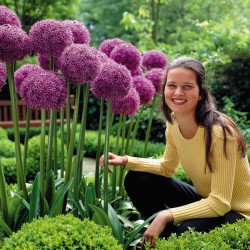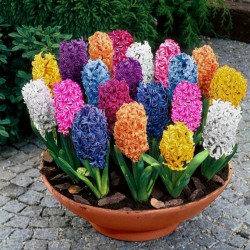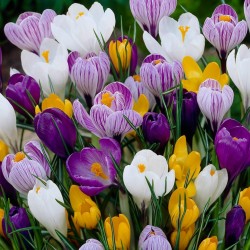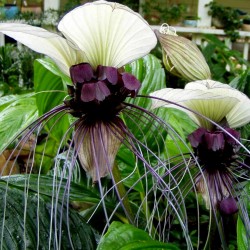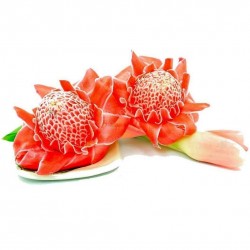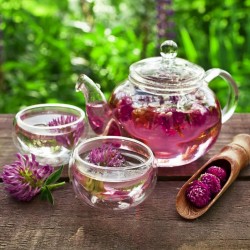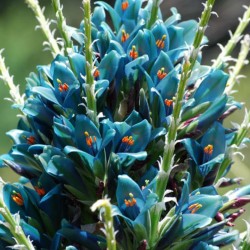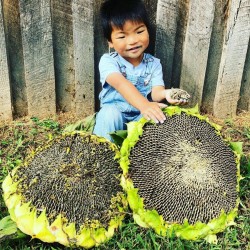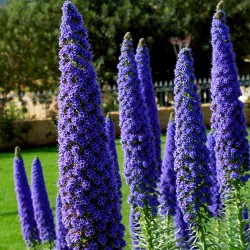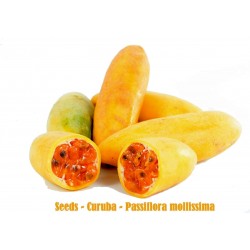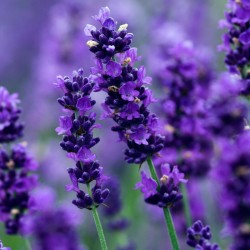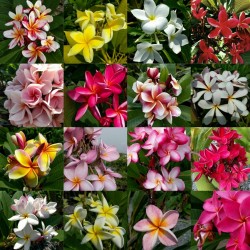
Plumeria Seeds Ornamental mix
Price
€12.95
SKU: F 8 OM
Seeds Gallery Com,
5/
5
<h2><strong>Plumeria Seeds "Ornamental mix"</strong></h2>
<h2><span style="color: #ff0000;"><strong>Price for Package of 5 seeds.</strong></span></h2>
<div>
<p>Plumeria (Frangipani) also known as the Lei flower, is native to warm tropical areas of the Pacific Islands, Caribbean, South America and Mexico. They can grow to be large shrubs or even small trees in mild areas of the U.S. In tropical regions, Plumeria may reach a height of 30' to 40' and half as wide. Their widely spaced thick succulent branches are round or pointed, and have long leather, fleshy leaves in clusters near the branch tips. Leaves tend to fall in early winter since they are deciduous and sensitive to cold. </p>
</div>
<div>
<p>In colder climates plumeria should be grown in containers. They make beautiful potted plants for the patio or greenhouse. However, in milder climates, plumeria can be grown outdoors in the ground, where they make a small beautiful landscape trees. When temperatures dip into the low 40's they may be stored in their containers or uprooted carefully trying to take as much root as possible and stored over winter in a heated basement or garage where temperatures are kept above freezing. As soon as temperatures rise outdoors they can be brought out and planted again. They will resume growth, leaf out and begin to grow as if nothing happened.</p>
</div>
<div>
<p>The real payoff comes during the early summer through the early fall months, when very fragrant clusters of showy, waxy flowers provide the makings for your own Hawaiian Lei. There is absolutely nothing like the sweet fragrance of Plumeria in flower, with fragrances of jasmine, citrus, spices, gardenia, and other indescribable scents. These flowers are treasured by the Polynesian Islanders for their durability, fragrances and colors of whites, yellows, pinks, reds, and multiple pastels. </p>
</div>
<div>
<p>Flowering can last up to 3 months at a time producing new blooms everyday. Once picked, a bloom can last for several days without wilting if kept in water.</p>
</div>
<div>For container planting use a coarse, well draining potting soil, such as cactus mix or potting mix with perlite and sand. Start with a 6" to 10" container or you may consider using a large container on a plant dolly once the plant is large enough to be in a larger pot to help make the job easier moving indoors as winter approaches. Insert the cut end down into the potting mix about 2 inches. Firm the soil around the cutting and water thoroughly.</div>
<div>Water Plumerias deeply, but infrequently, let soil dry out somewhat before watering again. Begin to reduce the frequency of watering in mid-October, as the cool season approaches. Stop watering after all the leaves have fallen and the plant has gone dormant. Resume watering in the spring as new growth begins.</div>
<div>Plumerias should be fed with a high nitrogen fertilizer beginning in spring when growth begins. To encourage the most blooms a switch to a high phosphorous fertilizer in early May and fertilize every 2 to 3 weeks through the end of August. </div>
F 8 OM







